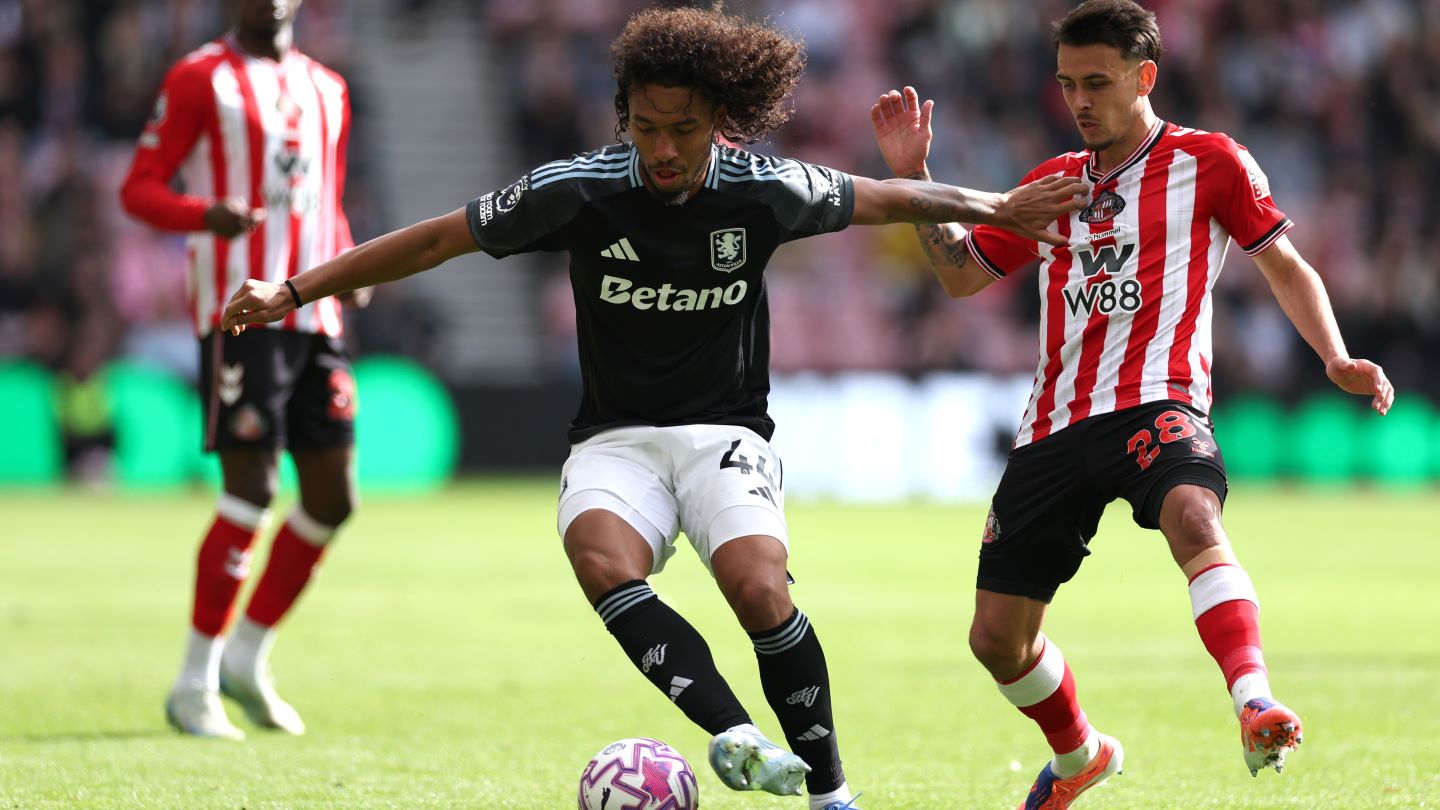
For the 2025-26 season of English soccer’s Premier League, the front-of-shirt market is worth $525.4 million, with gambling brands accounting for $129.6 million of this annual revenue.
As with recent campaigns, more than half of the top-flight teams are partnered with companies in the betting sector despite agreeing to a league-wide ban on such deals that will come into effect next season.

Discover B2B Marketing That Performs
Combine business intelligence and editorial excellence to reach engaged professionals across 36 leading media platforms.
This year, 11 Premier League sides have a betting company on the front of their shirts – Aston Villa, Bournemouth, Brentford, Burnley, Crystal Palace, Everton, Fulham, Nottingham Forest, Sunderland, West Ham, and Wolverhampton Wanderers.
Those classed within the ‘big six’ – Arsenal, Chelsea, Liverpool, Manchester City, Manchester United, and Tottenham Hotspur – all generate huge commercial revenue each season without the help of the gambling market because of their wider commercial appeal and significant global interest, although Chelsea are still without an official shirt sponsor at this stage.
Away from the big six, Premier League teams have, in recent seasons, turned to the gambling market for its biggest sponsorship inventory due to the higher value offered by the sector. Global gambling brands want the exposure the Premier League can offer, and because of its negative affiliation, have offered larger agreements to alleviate club concerns.

US Tariffs are shifting - will you react or anticipate?
Don’t let policy changes catch you off guard. Stay proactive with real-time data and expert analysis.
By GlobalDataThe value from the front-of-shirt market in the Premier League is dominated by the deals involved in the big six, which will generate $345.7 million this season. This, however, means that gambling brands cover 78.6% of the rest of the league in terms of deal volume. Furthermore, its combined annual value covers 72.1% of the market outside of the big six.
Only three teams outside of the big six boast non-gambling brand sponsors on their shirts this season – Brighton & Hove Albion, Leeds United, and Newcastle United. Strong financial alternatives and wider rights for these three clubs are reasons why they remain clear of the gambling market.
The Premier League stands as the only top-five European league to have this many sponsorships with firms in the gambling sector. Spain’s LaLiga and Italy’s Serie A already have bans in place on such deals, whilst the presence of betting brands is not so widespread across France and Germany.
In April 2023, Premier League clubs voted to voluntarily ban shirt sponsorship deals with betting companies from the start of the 2026-27 campaign.
The decision was made after discussions between the league, its clubs, and the government’s Department for Culture, Media, and Sport.
Notwithstanding the impending ban, clubs have one more season before it comes into force, enabling existing partnership contracts to be fulfilled.
The one-year wait also means that clubs can, and have, signed new gambling-related shirt deals, as they look to capitalize on the added value coming from the rights while the opportunity is still there.
In previous decades, the Premier League was rife with brand partners within the alcoholic beverage sector until its official league-wide ban ahead of the 2017-18 season.
Betting brands filled the gap in the market, but the same negative scrutiny has been aimed at the gambling industry, with critics highlighting the sector’s major issues around addiction and advertising to underage fans.
Given its high prominence, the incoming ban on gambling front-of-shirt partnerships will impact most of the Premier League. Teams will be speaking with prospective new brands in the coming months to secure future partnerships away from the gambling market.
The global coverage and strong commercial landscape of the Premier League mean teams should not struggle to find replacements, but without the gambling industry, many will be forced to accept smaller sponsorship fees.
These partnerships will still generate millions in revenue for each club, but any likely reduction could have a consequential effect on its business operations moving forward, particularly when it comes to appeasing Financial Fair Play rules and regulations.
Given how the gambling partnership ban only relates to the front-of-shirt taxonomy, however, clubs will likely continue to lean on the industry for other major sponsorship rights it has to offer, thus boosting its revenue elsewhere.
One such area of interest will likely be the sleeve market, which has become a lucrative source of revenue since it was permitted in the league at the start of the 2017-18 season.
As for the front-of-shirt space, the market will likely be less dominated by one industry moving forward, as clubs forge a new direction of partnership. Industries that will likely look to fill the void include the financial services, technology, and travel and tourism sectors.
All three are linked to big sports sponsorship rights around the world, including with the big six clubs this season. They regularly feature as some of the most active industries in the market and boast operations that could truly benefit from the global appeal of the Premier League.
Although its bubble initially burst after an overwhelming hype a few years ago, the cryptocurrency market could also still be a viable option for Premier League clubs looking to negotiate new shirt partners.





